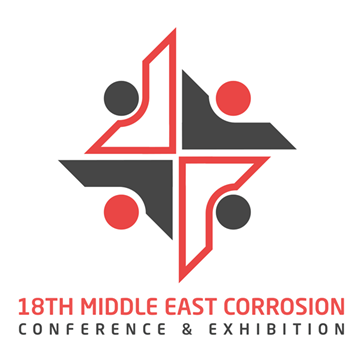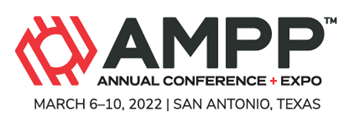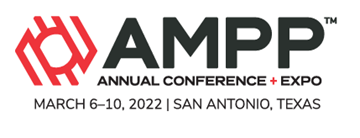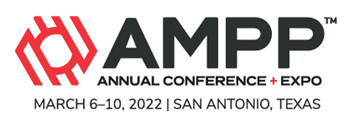Search
AMPP Conference Papers
View as
Sort by
Display
per page
High Strength Austentitic Stainless Steels for Hydrogen Applications at High Strength
Product Number:
51324-20780-SG
Publication Date:
2024
$40.00
High Temperature Corrosion And Stress Corrosion Investigations Of SS316 In Molten Nitrate Salt
Product Number:
ED22-17168-SG
Publication Date:
2022
$20.00
High Temperature Corrosion Quantification in Renewable Diesel and Sustainable Aviation Fuel Applications
Product Number:
MECC23-20056-SG
Publication Date:
2023
$20.00
High Temperature Corrosion Resistance Of Alloy N07740 In Solar And Low Emission Ultrasupercritical Power Generation
Product Number:
51322-17945-SG
Publication Date:
2022
$20.00
High Temperature Nitridation Resistance of Several Modern High Temperature Ni- and Co-Based Alloys
Product Number:
51323-19011-SG
Publication Date:
2023
$20.00
Highlighting Challenges with Corrosion Inhibitor Qualification Under High H2S, Sour Conditions
Product Number:
51323-19243-SG
Publication Date:
2023
$20.00
Highlighting The Use Of Brush Plating For Plating On Titanium, Nickel Plating, Copper Plating And Metal Matrix Composite Materials
Product Number:
51322-18229-SG
Publication Date:
2022
$20.00
Highly Durable Solventborne Silicone Organic Hybrid For Protective Coating Applications
Product Number:
51322-17537-SG
Publication Date:
2022
$20.00
High-Pressure SSC Testing of TMCP Large-Diameter Pipeline Steel
Product Number:
51324-20855-SG
Publication Date:
2024
$40.00
High-Temperature-Stable Vapor Corrosion Inhibitor for CUI
Product Number:
51324-20573-SG
Publication Date:
2024
$40.00
Horizontal Directional Drilling (HDD) Method Pipe Update
Product Number:
51323-18948-SG
Publication Date:
2023
$20.00
Horizontal Directional Drilling In External Pipeline Coating Integrity
Product Number:
51322-17785-SG
Publication Date:
2022
$20.00











